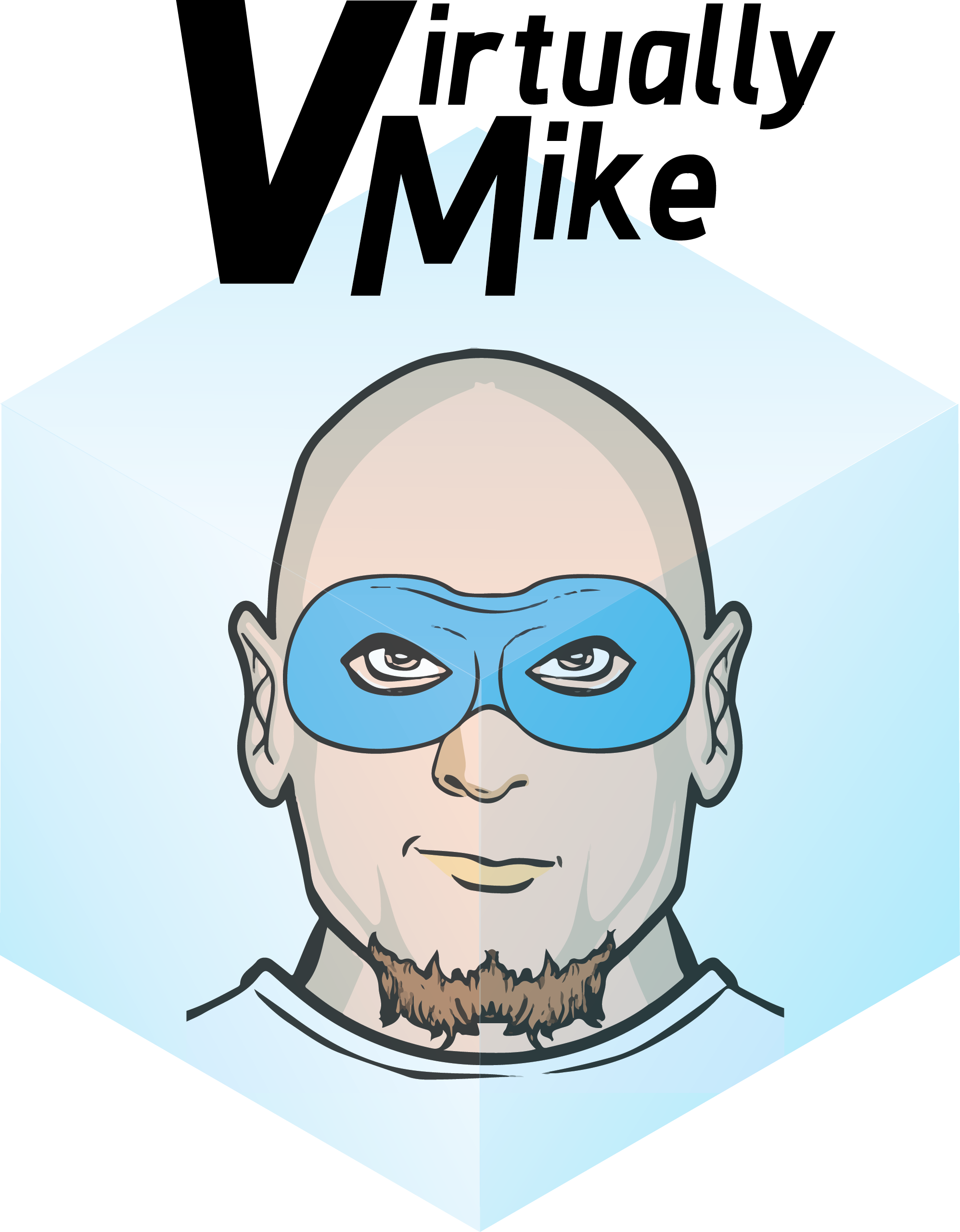End User Computing (EUC) has finally matured to the point where adoption no longer needs a long  cycle of convincing everyone that VDI is a thing. But even with that said wide scale VDI isn’t the norm, organizations still struggle to get projects moving forward because of the cost of running separate architectures for VDI, that sits apart from primary datacenter workloads. This is part of the traditional design requirements that were driven by IOP limitations of most storage solutions. All flash arrays (AFA) have helped to solve the IOP issues, and are great for running super fast virtual desktops. Despite solving one problem AFAs haven’t changed the separation of architecture discussion.
cycle of convincing everyone that VDI is a thing. But even with that said wide scale VDI isn’t the norm, organizations still struggle to get projects moving forward because of the cost of running separate architectures for VDI, that sits apart from primary datacenter workloads. This is part of the traditional design requirements that were driven by IOP limitations of most storage solutions. All flash arrays (AFA) have helped to solve the IOP issues, and are great for running super fast virtual desktops. Despite solving one problem AFAs haven’t changed the separation of architecture discussion.
SolidFire is built for mixed workloads, the quality of service (QoS) capability allows for a minimum guaranteed threshold or performance. Traditionally this has been the darling of service providers, as they built multi-tenant cloud environments with shared resources, SolidFire clusters ensured the performance SLA’s were being met for each tenant. But this is easily applied to enterprise solutions as well. Hopefully by now you are thinking, well if SolidFire can handle mixed workloads could I run primary datacenter apps like Oracle or SharePoint on the same cluster that includes VDI or EUC solution?
Yeah that’s exactly my point.
Because we now have mixed workloads solved, we can reduce the CAPEX of the EUC entry point. Think of it this way, if you are running more than one workload in your datacenter and need an AFA level or performance, then SolidFire should be in the mix. If you recognize that the SolidFire cluster is handling the business for that workload and has room to spare, then spin up a EUC solution on the same cluster, with it’s own guaranteed performance metrics. From a storage perspective this is lowering the cost per desktop as the mixed workload distributes cost across the various workloads. In addition as more workloads come on board, or more desktops or applications are required you can easily scale the cluster by adding more nodes.
I am working on a write up for large scale VDI\EUC solutions on SolidFire that will be out once I have it tightened up. For now though I invite you to take a look at what we have up today for reference architectures. These will be updated in the coming months, to build out more of an EUC not just VDI approach.
Last thing I want to touch on, what this approach does is it cuts down POC time. Traditionally when I was a consultant I would recommend, we build out a small POC to test VDI and let it run for a couple of months while we determine if the solution fits the customer’s needs. Now because we are leveraging the same SolidFire gear as the rest of the datacenter can use, we can spin up more desktops and jump to a larger scale pilot phase faster. If properly implemented on the desktop optimization size, and proper use cases are targeted this leads to big wins in EUC adoption faster than ever before.
 Pimp’n may not be easy, but making a decision on building out EUC on SolidFire sure seems to be a no brainer.
Pimp’n may not be easy, but making a decision on building out EUC on SolidFire sure seems to be a no brainer.
